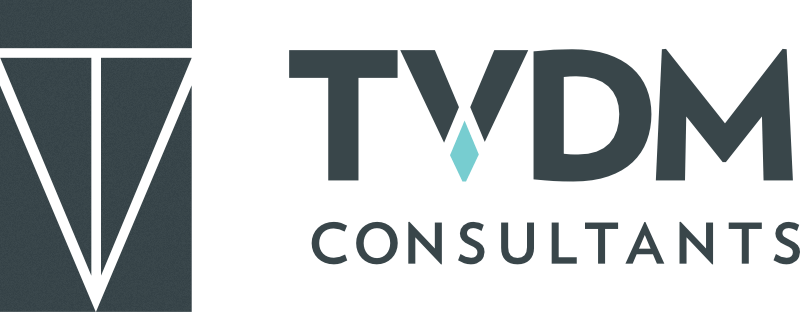To the window, to the wall, to the ceiling and the floor
16 October 2023 | Zerlinda van der Merwe
One of the most common queries from our clients is who is financially responsible to maintain, repair or replace property within a sectional title scheme.
Most people buy into a sectional title scheme as the costs of maintenance and repair of the unregulated common property is shared between owners, making it cost-effective to enjoy amenities and facilities that otherwise wouldn't be feasible in a free-standing home. The cost and responsibility to maintain and repair the inside of an owner's section, remains for the owner. The body corporate has the duty to keep in a good state of serviceable repair, the common property of the scheme.
We'll be touching on some of the important considerations owners, trustees and managing agents need to be aware of when determining who should bear the responsibility and cost of maintenance, repair and replacement within a sectional title scheme. Let's start by looking at the term "median line" as referenced in the Sectional Titles Act 95 of 1986.
What is the median line?
The median line is the "invisible" mid-point, dividing a section from a part of unregulated common property, or a section from another section. There are no median lines for exclusive use areas (EUAs), but it is possible for either the registered sectional plans of a scheme delineating EUA's, or amended management or conduct rules creating and allocating same, to show the extent of an EUA, which may include the mid-point (similar to the median line), or the inner or outer face of the EUA.
Why is it important to know where the median line is?
Understanding the concept of the median line, and how to identify it is important to confirm the responsibility for maintenance and repair of common property or a section, including liability for the costs associated with such work.
For example, if a window requires replacement, one must first determine if the window forms the median line, and if it separates part of a section from another part of the same section, the section from the common property, or the section from an EUA. Once this has been determined, the relevant responsibility and liability can be confirmed.
The median line includes windows, doors, walls, floors, balustrades, ceilings or roofs, and runs directly through such structures irrespective of where such structure is placed.
Sounds simple enough? No, not really. It is important to be certain, and as such, reference must be made to the sectional plans of the scheme, including any amendments to same, the amended management and conduct rules, as well as any servitude or lease agreement in place. To this end, an amended rule could delegate the function of maintenance of a part of common property to a particular section, or provide that a holder of an EUA must be directly responsible for maintenance and repair of an EUA, and not the body corporate. Similarly, a lease or servitude over common property will likely also deal with the responsibility for maintenance, or share in compensation towards any work to be done.
We often deal with what is commonly referred to as "de facto EUAs", which are parts of common property that are treated as formalised EUAs, but are not, or extensions of sections that have not been regularised. These areas can further complicate the above determination.
As you can see from the above, it’s not as simple as it seems. If you require assistance, don't hesitate to contact us at info@tvdmconsultants.com.
If you have not already done so, click here to sign up to our newsletter.

